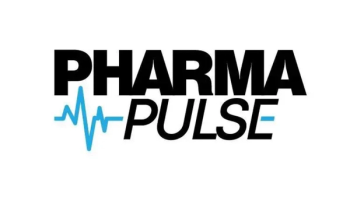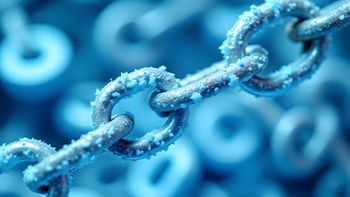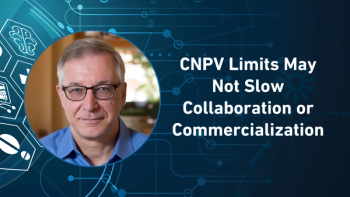
Mapping the Hidden Costs
In the second part of her Pharma Commerce video interview, Maggie McCullough, PolicyMap’s CEO, details what the company’s data reveals about the relationship between pharmacy access and broader health disparities in underserved communities.
In a video interview with Pharma Commerce, Maggie McCullough, PolicyMap’s CEO, highlights how geospatial mapping can play a critical role in identifying and addressing pharmacy deserts—areas where access to pharmacies is limited or nonexistent. With an estimated 17.7% of the US population affected, the issue is increasingly urgent, particularly as major chains like Rite Aid close locations. Using Philadelphia as a case study, McCullough explains that 13% of the city’s pharmacy locations were Rite Aid stores, and their closure could significantly impact local access to medications and health services.
Geospatial tools like PolicyMap allow stakeholders to visualize not just where pharmacies are closing or opening, but also the broader context of the communities they serve. This includes assessing whether alternative pharmacy options exist nearby and evaluating how easily residents can access them. Physical distance is only part of the picture—transportation availability, such as car ownership or access to public transit, is also crucial.
McCullough further emphasizes that pharmacy access now extends into the digital realm. Telepharmacy is a growing solution, but it requires reliable internet access and digital devices—resources not all households have. Understanding these additional barriers is essential for designing effective interventions.
By layering geographic, transportation, and socio-economic data, mapping platforms can help policymakers, health systems, and community organizations proactively identify at-risk areas before they become pharmacy deserts. This data-driven approach enables more targeted responses that account for the real-life conditions affecting healthcare access, including digital equity.
McCullough also comments on what PolicyMap’s data reveals about the relationship between pharmacy access and broader health disparities in underserved communities; how mobile and digital solutions can be deployed effectively to close the gap in areas identified as pharmacy deserts; how data-driven insights support PBMs and healthcare leaders in negotiating fairer drug pricing; and much more.
A transcript of her conversation with PC can be found below.
PC: What does PolicyMap’s data reveal about the relationship between pharmacy access and broader health disparities in underserved communities?
McCullough: The key to all of this is looking at data that's at a neighborhood level. A lot of times, we see work that's done at a zip code- or county level data, and the problems that individual neighborhoods are having get masked when you're looking at that higher level data. That is something that we do our very best to enable.
Regarding the relationship between pharmacy deserts and the communities they serve, studies have shown that those communities tend to be lower-income communities, minority communities, rural communities—one of those three things or all of those three things—and our data backs all of that up. With any study that you read, you could come to PolicyMap. The data is there to suggest that yes, that is in fact correct. The other thing that we know from studies and from the data is that these communities tend to have higher chronic healthcare conditions. While there're many reasons for that, the fact that they live in a pharmacy desert and have difficulty accessing a pharmacy is going to make it hard for that chronic condition to get treated properly.
Just getting the script and then having some sort of routine, regular rhythm, ease of access to get the medication for diabetes, high blood pressure, asthma—whatever it is—it's got to be done on a routine basis, in order to adhere and in order to get better. I think it's important to understand the relationship between that data and then not addressing things like pharmacy deserts, leading to higher healthcare costs, higher hospitalization rates, and a community that's never potentially getting better because they're not able to access the services that they need.
Newsletter
Stay ahead in the life sciences industry with Pharmaceutical Commerce, the latest news, trends, and strategies in drug distribution, commercialization, and market access.





